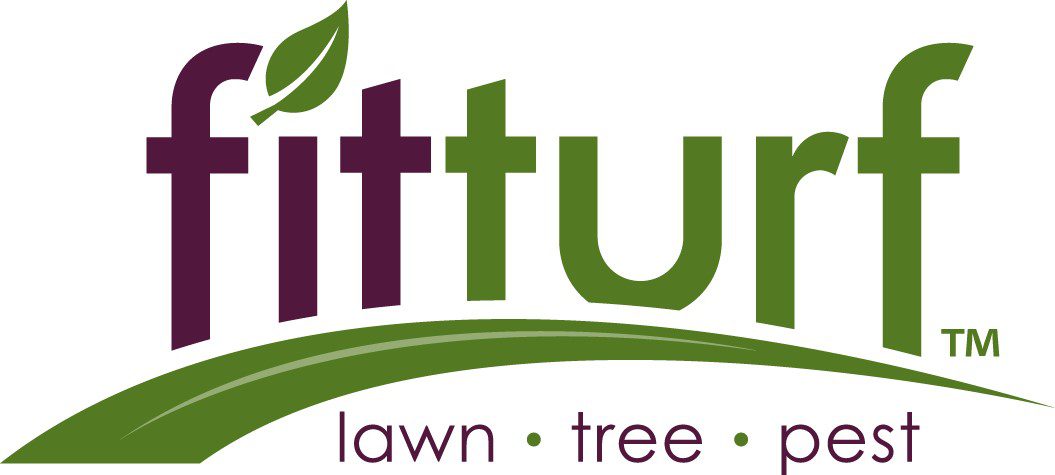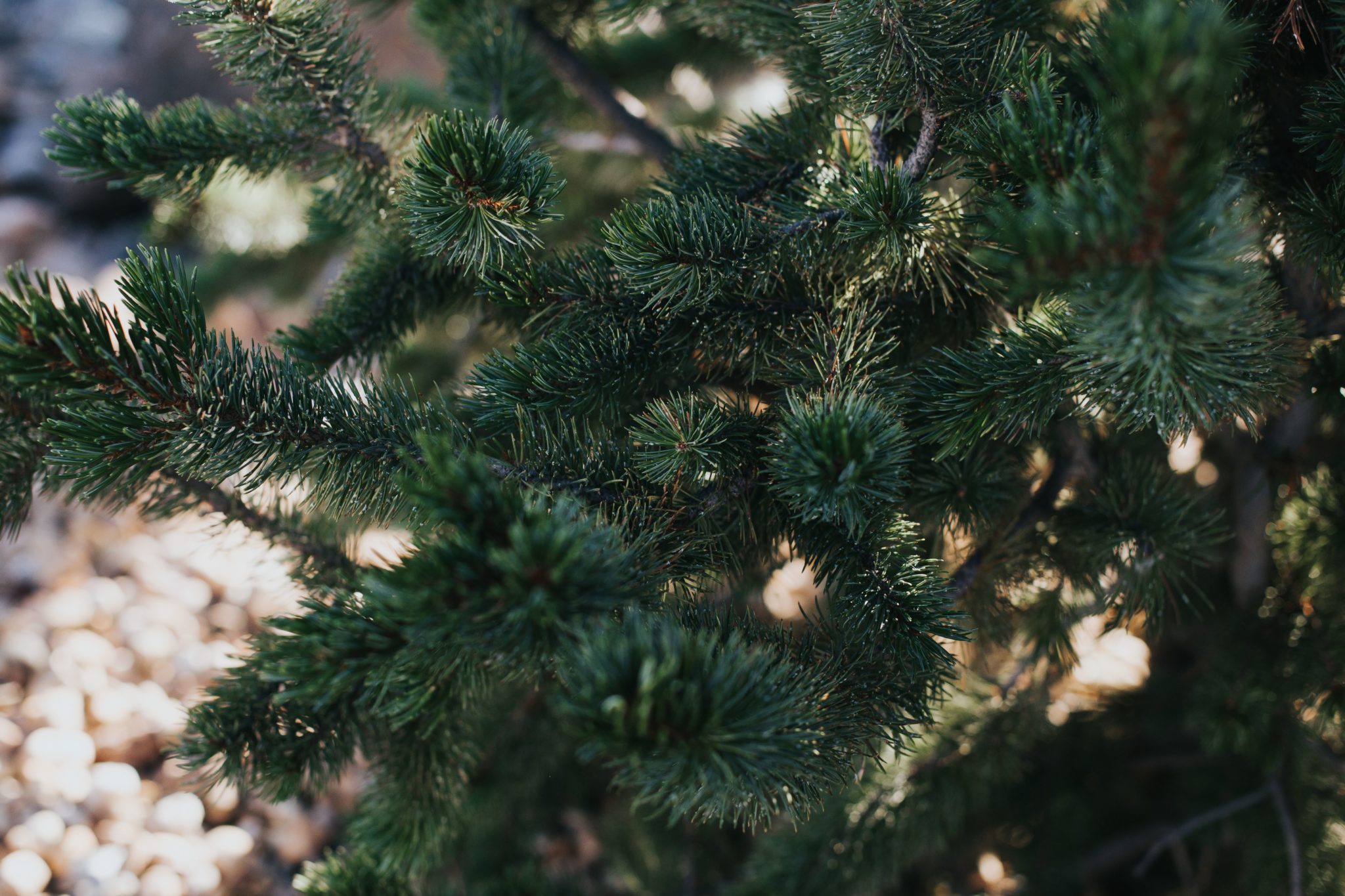Customer Support
303.221.6900How to Identify Trees
With the 751.2 million acres of trees in the United States and the 865 different species represented here, trees are guaranteed to be a natural part of your everyday life.
Importance of Tree Identification
Being able to identify the trees that are a part of your own little slice of the world is important for many reasons. Each tree tells a story: It can speak about the harshness of its winters, the droughts it may have experienced and the traumatic environmental events that occurred around it. It can also tell about the economy and the lives and livelihoods of the surrounding region’s inhabitants, including what their homes were made from and a bit about their diets.
Knowing what types of tree species are in your neck of the woods can also arm you with some important information. For example, some species are susceptible to different types of diseases. Dutch elm disease was caused by a virulent strain of fungus. It was rampant in the early 20th century and killed many of the country’s elm trees. In more recent years, ash trees across North America were affected by the emerald ash borer (EAB) beetle, an invasive insect species that destroyed millions of ash trees across the United States.
Use Fit Turf’s Services
The tree experts at Fit Turf can help you identify the trees in your surroundings, as well as help you care for those trees — whatever age they may be. Give us a call today for a free tree/shrub evaluation. Our available services will add to the life of your trees and keep them happy and healthy.
You can also check out other Fit Turf resources, such as the Denver Tree Guide, and Tree Types in Colorado, for more in-depth information about characteristics of the species that are most common in our service areas of Metro-Denver.
Quick & Easy Tree Assessment
Or, you can read on. We’ve compiled this handy guide to make tree identification in your area a snap! By assessing the tree’s form and shape, looking at its leaves and identifying its fruit or flowering characteristics, you can quickly figure out which trees inhabit the world around you.
Tree Form & Shape
What’s the tree’s shape? Is it full, thin or triangular? Oak trees are often easily identified by their spreading crowns and large size. Some trees are tall and narrow, like the poplar tree. Some are short and full. A weeping willow tree has long, trailing branches and leaves, and often grows near water. Blue spruce trees are identified by their pyramidal form. Black locust trees often have a straight stem and a small crown.
The Tree’s Leaves
Sometimes, the leaves are the most obvious part of the tree. What are they like; are they present all year long? Does the tree have needles or scales? Leaves can be either simple (one leaf per stem) or compound (more than one leaf per stem). The leaf type and shape can provide you with the best idea about what type of tree you have. Common leaf shapes include lanceolate (long, narrow), deltoid (triangular), orbicular (round), ovate (egg-shaped) and cordate (heart-shaped). What is the texture of the leaf? What’s its color? Run your finger along the edge to determine its characteristics — are the edges smooth, jagged or lobed?
Conifer trees can have either needles or scales; these needles and scales are often present throughout the entire year. Needles can be arranged in clusters, in pairs and singly. Pine, fir, cypress, spruce and larch trees are all part of the conifer family.
Assess the Bark’s Characteristics
Unlike the leaves or fruits, the bark is always there to help you identify a tree. Bark textures vary according to various tree species. For example, beech trees have smooth bark textures; birch trees have papery, white bark. It can vary in its color characteristics. Additionally, the texture and the color of a tree’s bark is not always static — that is, it can change as the tree ages. The silver maple’s bark evolves as it ages: from smooth and silver to a furrowed gray or black.
The Tree’s Flowers or Fruits
Does the tree flower? Flowers are an easy way to identify trees — what’s the flowers color, shape and size? Are there clusters of flowers? A tree can also have single blooms or it can have “catkins,” which are spikes that resemble tassels. Birch, hickory, sweet chestnut and willow trees all produce catkin-type flowers.
Every tree produces fruit or seeds, otherwise they would not be able to propagate. The fruits or seeds of the tree can range in size: Some fruits are very large and obvious, like a walnut. Some are tiny and require a bit of inspection to determine. Noting the appearance of a tree’s fruit can provide clues about its species. A sugar maple has paired samaras. Sweetgum fruits are a woody ball of capsules; sycamore fruits are a ball of tiny winged achenes.
Trees Tell a Story
The types of trees in your region tell a vitally important story. You can identify trees by determining their size and shape, observing their flowers or fruits, as well as closely examining their leaves, needles and/or bark characteristics.
For more information about the kinds of trees in your region of the country, contact your local university extension or visit its website for a wealth of region-specific information, facts and statistics about the types of trees that are native to your part of the country.

